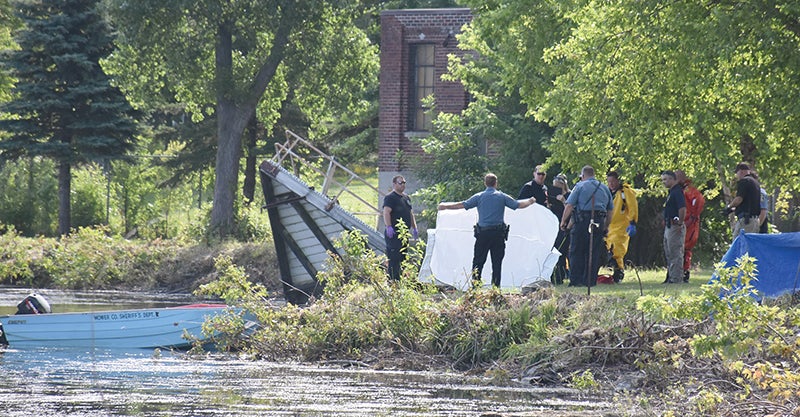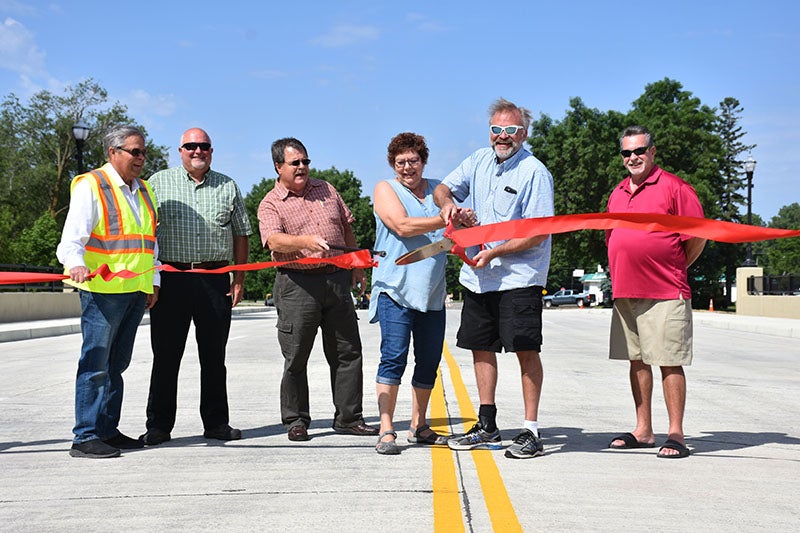Education issues for people with disabilities
Published 4:49 pm Saturday, August 4, 2012
A sound education is the lynchpin to a successful life for all Americans, including those with intellectual and developmental disabilities. The federal, state and local governments each play a role in assuring that every child with a disability obtains a free appropriate public education. Despite the existence of comprehensive federal legislation intended to ensure that all children with disabilities receive a free, appropriate public education, continuing challenges for students with intellectual and developmental disabilities are:
Segregation
The Individuals with Disabilities Education Act (IDEA) requires that students with disabilities be educated to the maximum extent possible with students who do not have disabilities. However, many students within our constituency remain segregated in self-contained classrooms in separate schools, with limited or no opportunities to participate academically and socially in general education classrooms and school activities. Many do not have access to the same academic and extracurricular activities and services provided to other students. Frequently, these students are alienated and leave school unprepared for adult life in the community.
Assessment
The Elementary and Secondary Education Act (ESEA), called “No Child Left Behind,” requires that all students with disabilities be assessed along with their non-disabled peers under a provision known as Adequate Yearly Progress (AYP). However, there has been much controversy about how to measure educational progress for students with disabilities, a population that is sometimes blamed by educators for their schools’ poor test scores.
The Bush Administration adopted two regulations aimed exclusively at certain students with disabilities. The first rule allows up to 1 percent of all students (10 percent of special education students) with significant intellectual disabilities to be assessed using alternate assessments based on alternate standards.
The other rule, not ever implemented, allows for assessments based on modified achievement standards aligned to the general curriculum for those students with disabilities (up to 20 percent) who can make progress toward, but may not reach, grade-level achievement standards in the same time frame as other students. The U.S. Department of Education has allowed the states to employ so-called “growth models” to assess student performance (growth models seek to measure a student’s progress within a certain time frame).
Transition
IDEA requires schools to provide transition services for students so that they will be prepared to enter the adult world, including employment. However transition planning and services for students with disabilities frequently are poor. Every year between 150,000-200,000 students with disabilities age out of special education (in most states at age 22). These are some of the most vulnerable youth who have stayed in school as long as possible and are likely to have intellectual and developmental disabilities. Many of these students transition from the public school system to the adult world finding themselves with no services and with nothing to do.
Students with Individualized Education Plans (IEPs) are required by law to have transition plans beginning at age 16. However many needed transition services such as school-based preparatory experiences, career preparation and work-based learning experiences are never provided.
Jamey Helgeson is the Program Director at The Arc of Mower County and can be reached at jamey@arcmowercounty.org or by calling 507-433-8994, Extension 102. You can also visit our website www.arcmowercounty.org and follow us on Facebook www.facebook.com/arcmc or Like me on Facebook www.facebook.com/JameyTheArcofMC.





